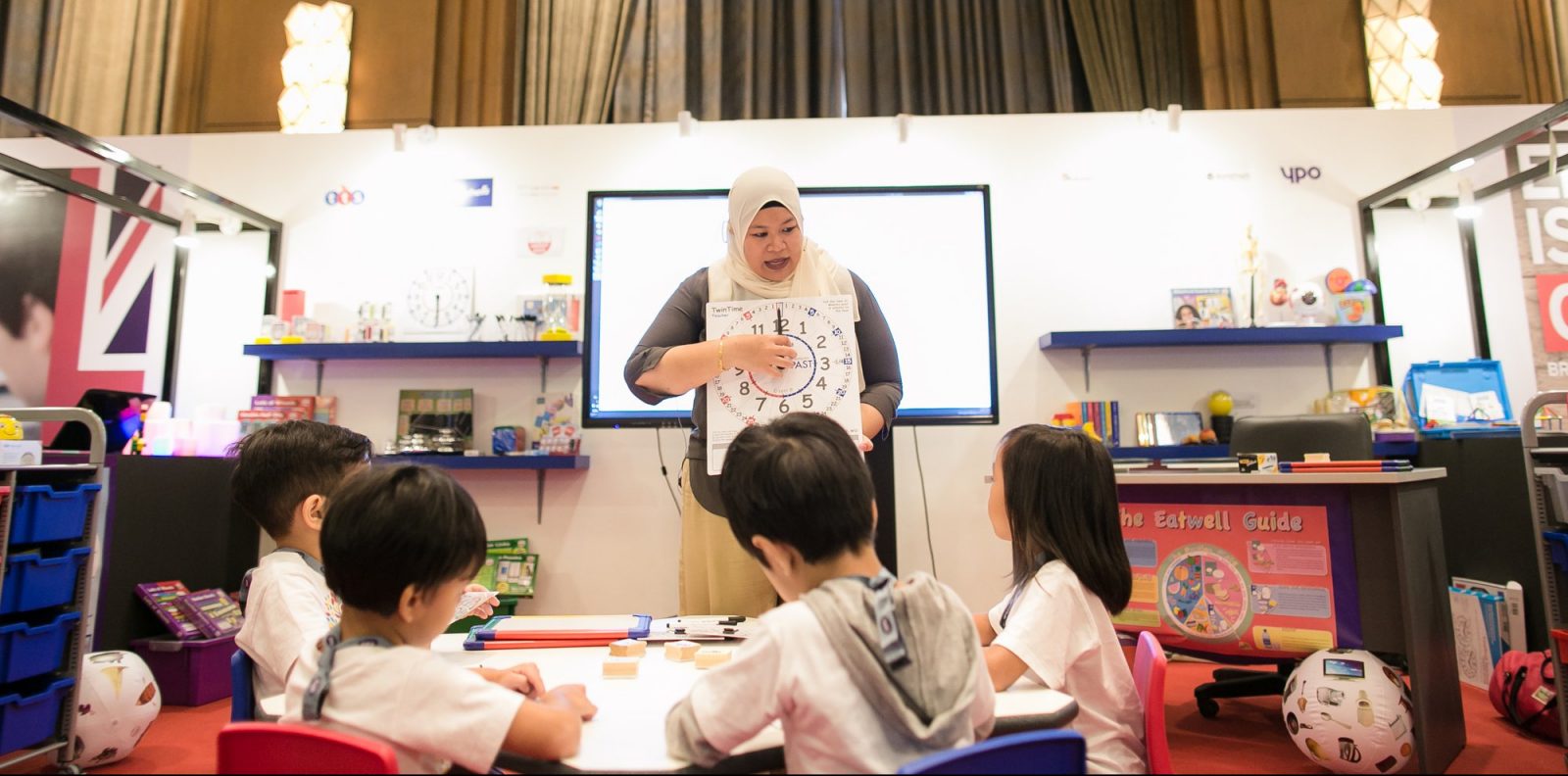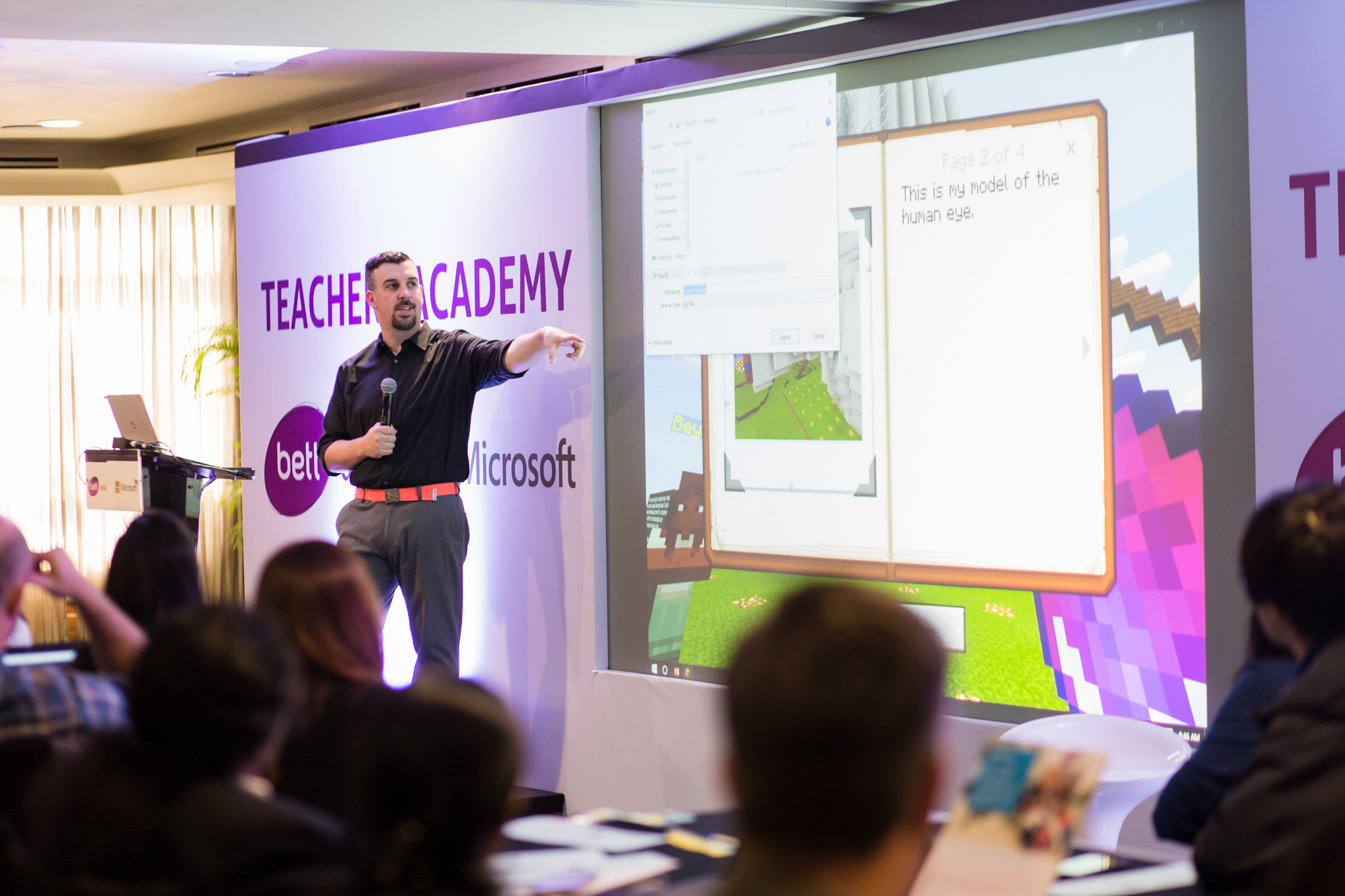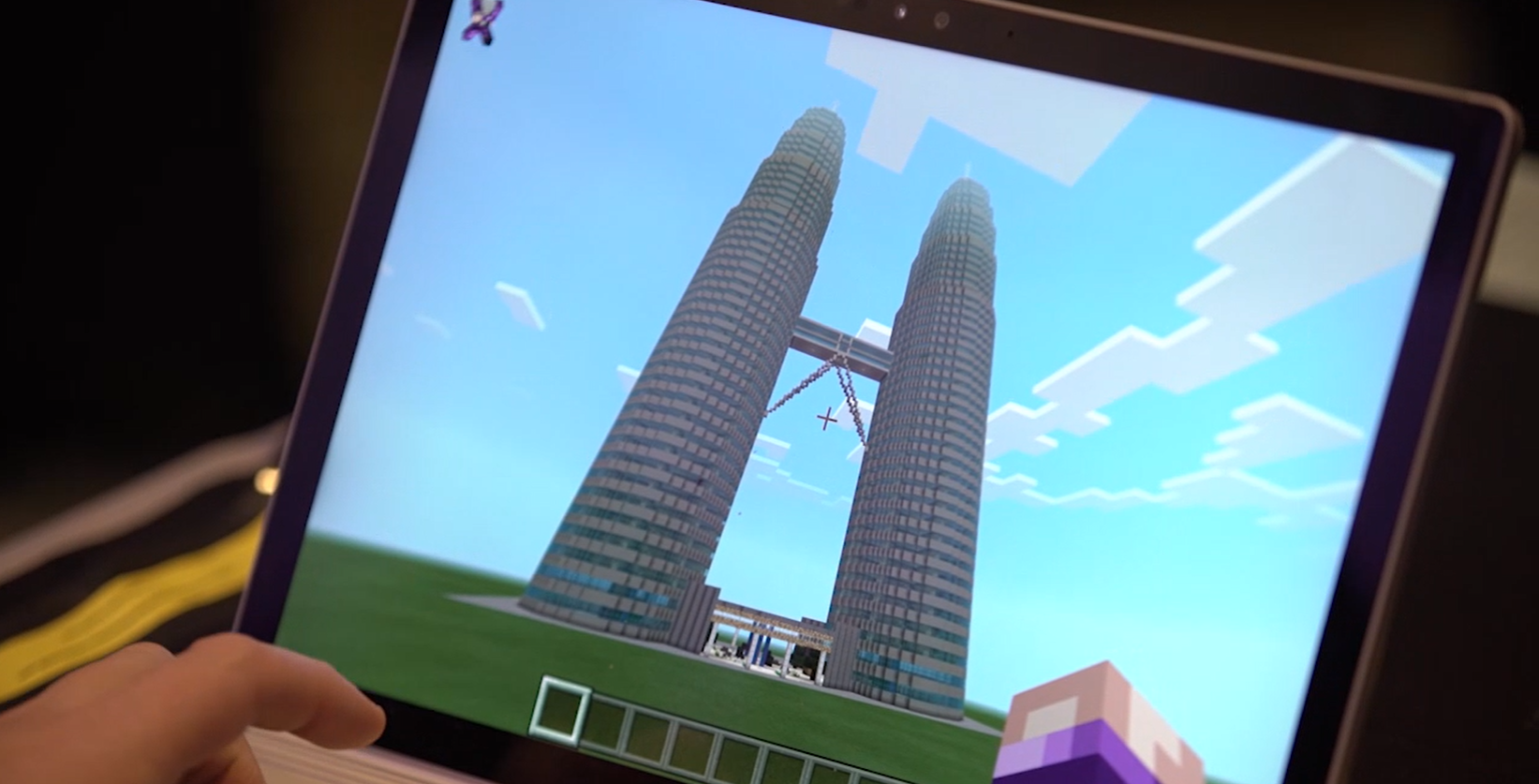
Minecraft and Asian education: No fear as kids skill up for the future
Neal Manegold was pretty proud of himself when he finally managed to build his first little house on Minecraft. But that ended as soon as he showed it to his then six-year-old daughter.
“She just chuckled as nicely as she could, and turned her laptop around so I could see what she had created. It was a great big castle,” he recalls. “When I asked her how she learned to do that, she just looked at me as if to say: ‘Why do are you asking me such a silly thing?’ ”
Suddenly, he understood how differently most adults think and act compared with the unfettered minds of kids. That was three years ago. Now as Microsoft’s director of learning programs for Minecraft Education, Manegold is part of a growing chorus working for change in our schools so the students of today will have the future-ready skills to match the jobs and challenges of tomorrow. And, Minecraft is moving us somewhere towards that goal.

Traditional education practices, he explains, means “we adults have been programmed to look for instructions. We have been programmed to expect things to be, for the most part, linear and predictable. But, Minecraft, by definition, is about having no instructions. It is as non-predictable and non-linear as you can get.
“That’s not a problem for young people. They have no frustration point and no fear. They are fine with taking risks. They will naturally keep trying, will keep figuring it out, improving and iterating. There is nothing static, nothing fixed. These are the very skills they will need in the future.
“All the largest companies, all the most interesting inventions – those didn’t come from someone doing something predictable and expected. They came from somebody taking a risk, and asking the question: ‘What if we did things differently?’”
Manegold started as a teacher in the United States in 2003. He worked with underprivileged as well as gifted children in various schools in Los Angeles and Seattle before getting into curricula development and later moving to Microsoft.
Nowadays he proselytizes around the world for Minecraft Education Edition. His latest gig was at BETT Asia 2017 in Kuala Lumpur, which brought together more than 2,000 educational policymakers, leaders and teachers. He wowed the crowd with demonstrations and tutorials in the game and even produced a Minecraft rendition of Kuala Lumpur’s signature Petronas Towers. This was his first time in Asia and he was pleasantly surprised.

“There seems to be a bigger impetus toward coding and computational thinking here. People seem very interested in the coding aspects of Minecraft,” he says. “The teachers seem a little bit more free to have a little bit more creativity in their classrooms. The fact that they are willing to take the first steps of the game has been pretty cool to see.”
During then BETT Asia conference, news broke that the number of users with Minecraft Education Edition licenses had crossed the 2 million mark in 115 countries – and all within its first year of release.
If nothing else, Minecraft turns learning into fun and fun into learning. Manegold puts much of its remarkable success down to this: “It allows students to lean back forward into the work that they are doing. There is nothing better for a teacher than seeing your students running into your classroom to work on their assignments.”
It is clear that a growing number of teachers and students are hooked. But what about parents?
“I definitely get some reticence when I walk into a room full of parents and say let’s bring Minecraft into the classroom. Some will immediately say their kids are already playing video games for hours at nighttime and on weekends. I answer that by showing them examples of what other students have created. Sure, Minecraft can be leveraged for fun, but it can also be leveraged for learning across all sorts of subjects from the humanities through to STEM – science, technology, engineering and mathematics.
“Minecraft, at its core, is a game about design and system thinking. For younger students especially, it is an opportunity for them to engage in basic root level engineering and a basic root level understanding of technology.
“It is a good gateway for foundational thinking across the board for students. All kinds of research show the importance of building and creating in a physical space. And Minecraft is the closest digital emulation that we have for that in the three-dimensional world.”













